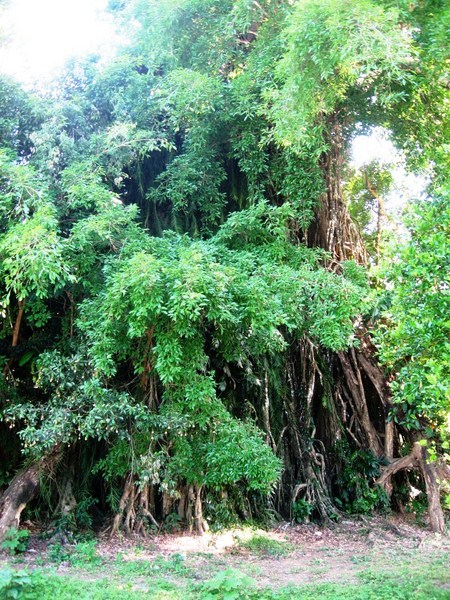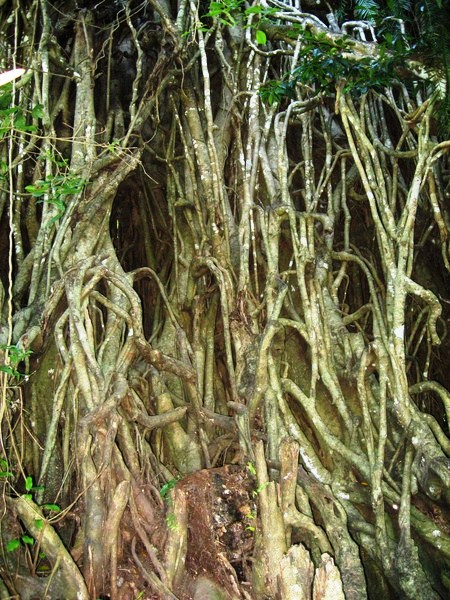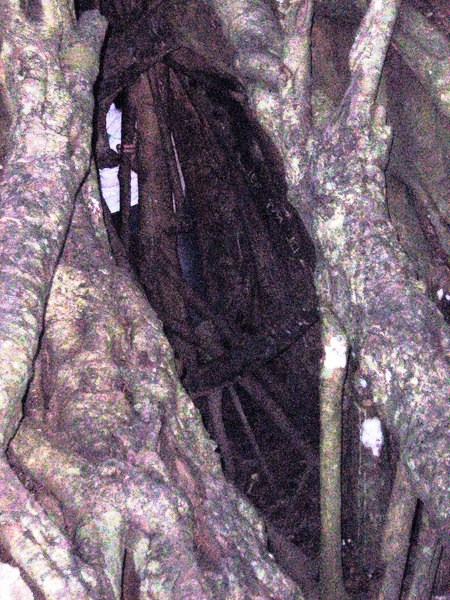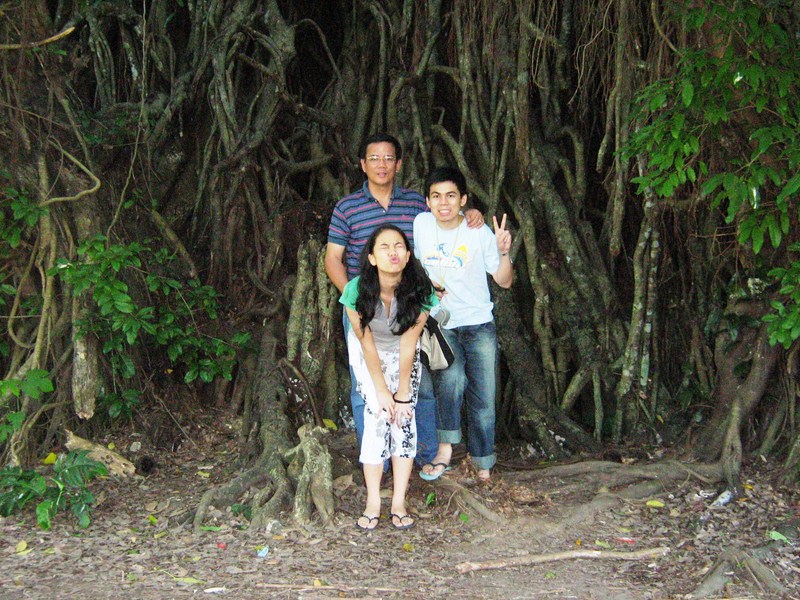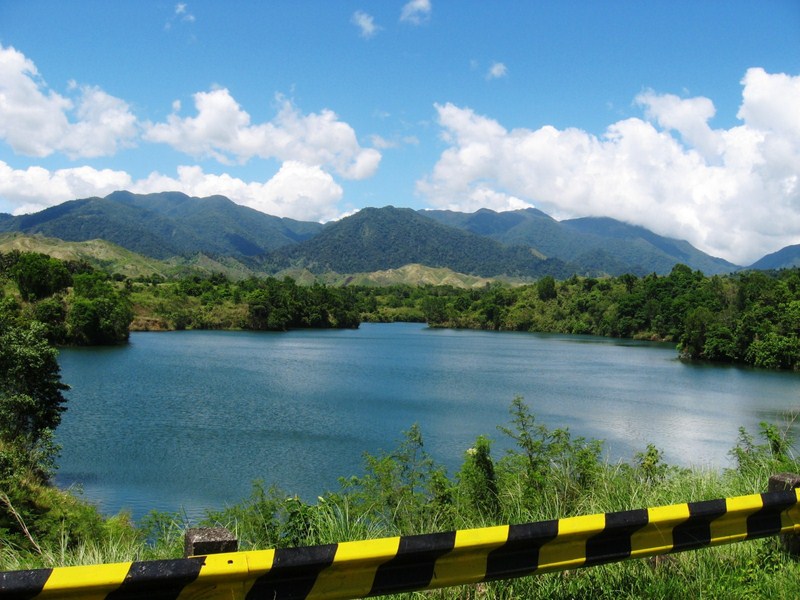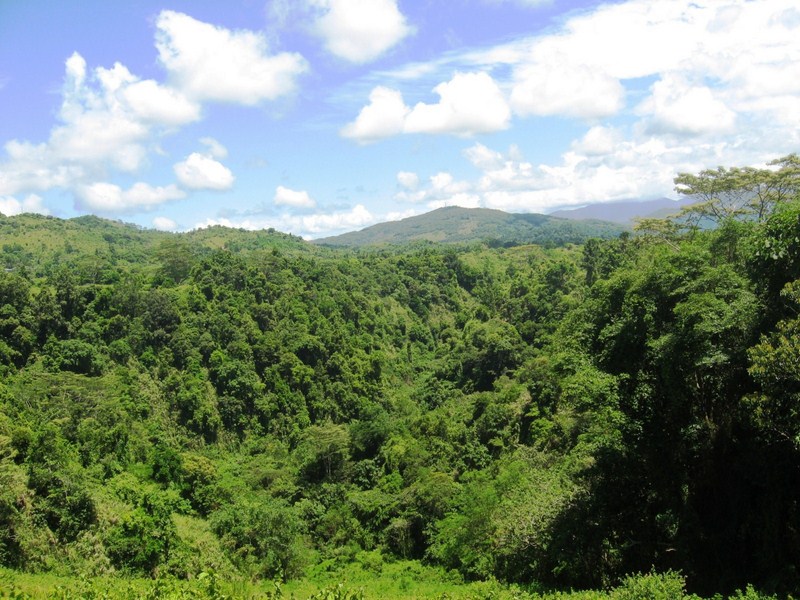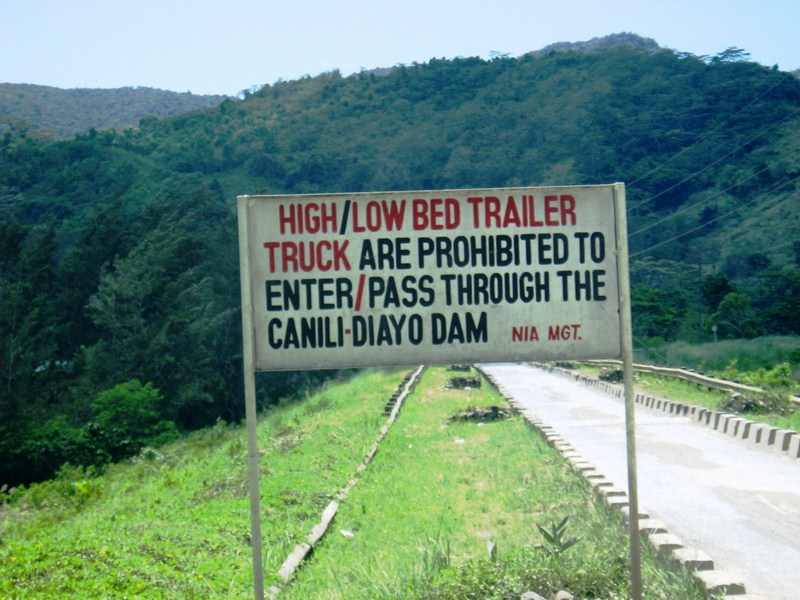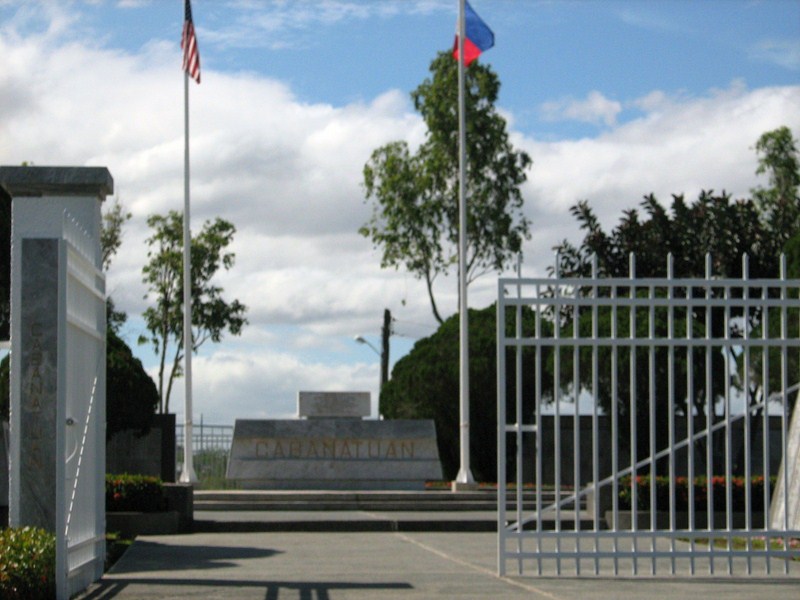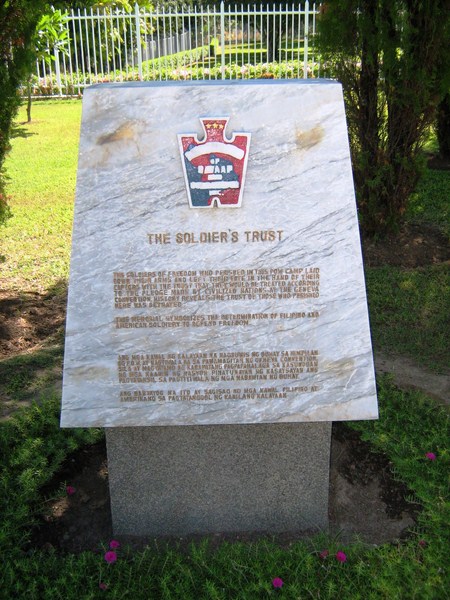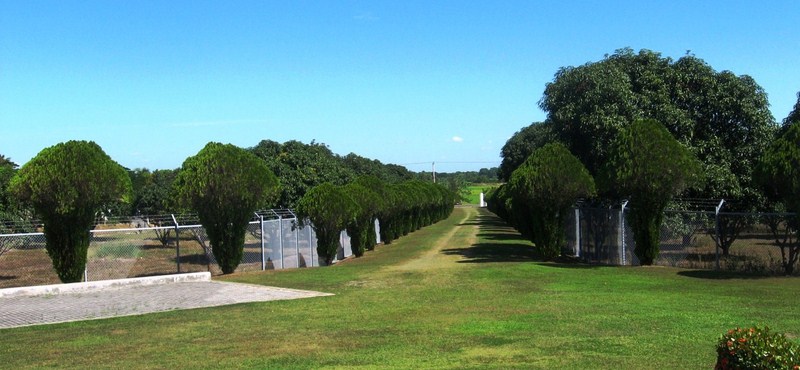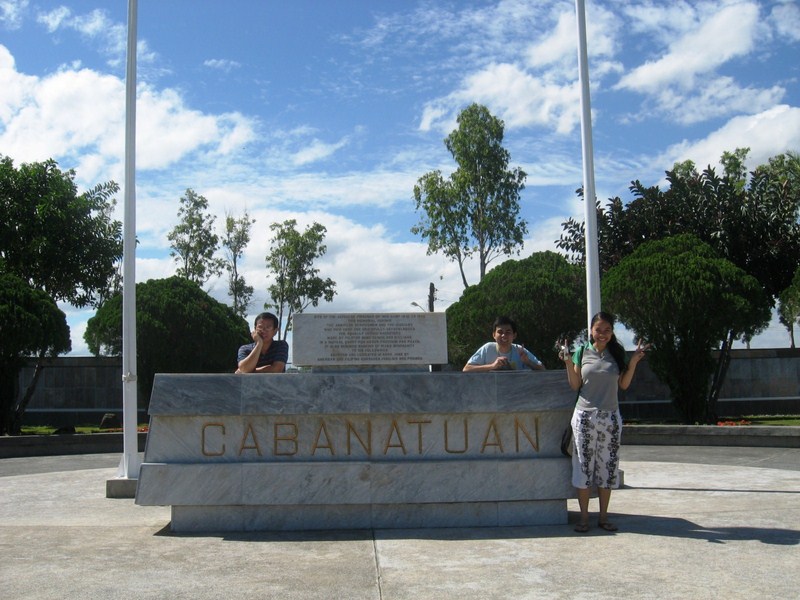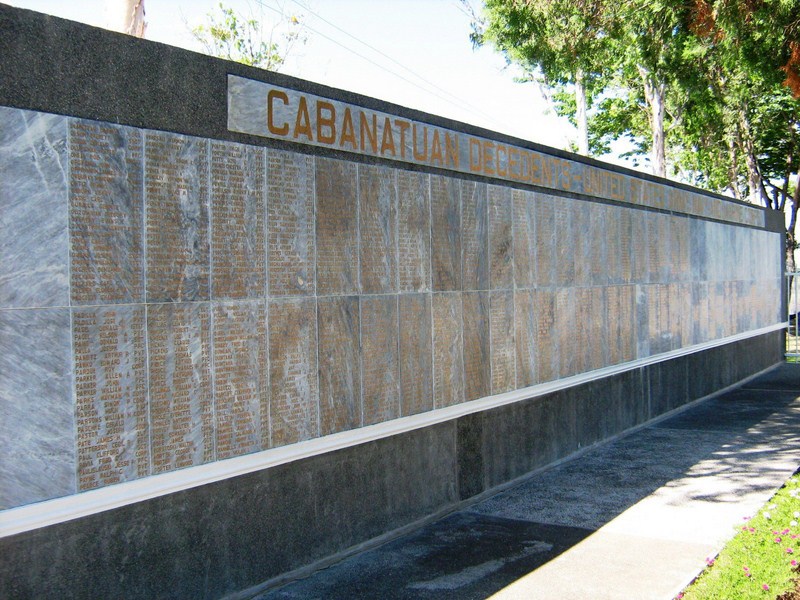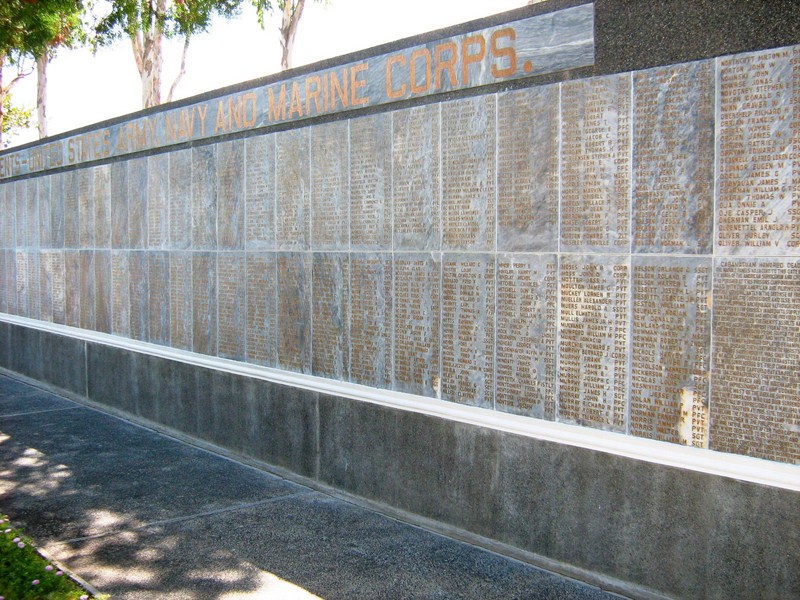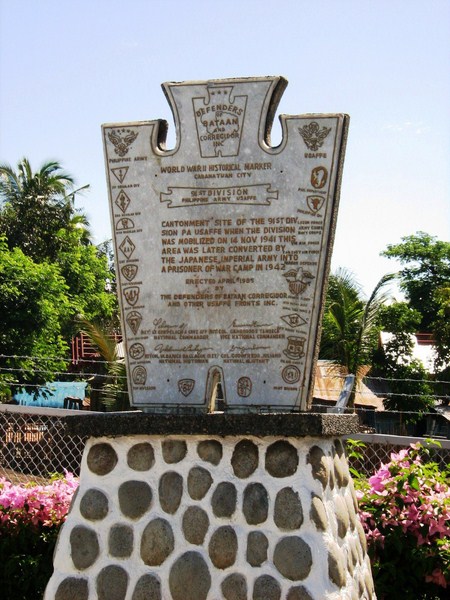From the Baler Museum, we walked a short distance to the small but venerable San Luis Obispo de Tolosa Church, the site of the siege depicted in the movie. Commonwealth Pres. and native son Manuel L. Quezon was also baptized here. However, the present masonry church is nowhere near the appearance of the wooden church depicted in the movie Baler which deteriorated later and was rebuilt in brick and stone in 1939.
| Church of San Luis Obispo de Tolosa |

